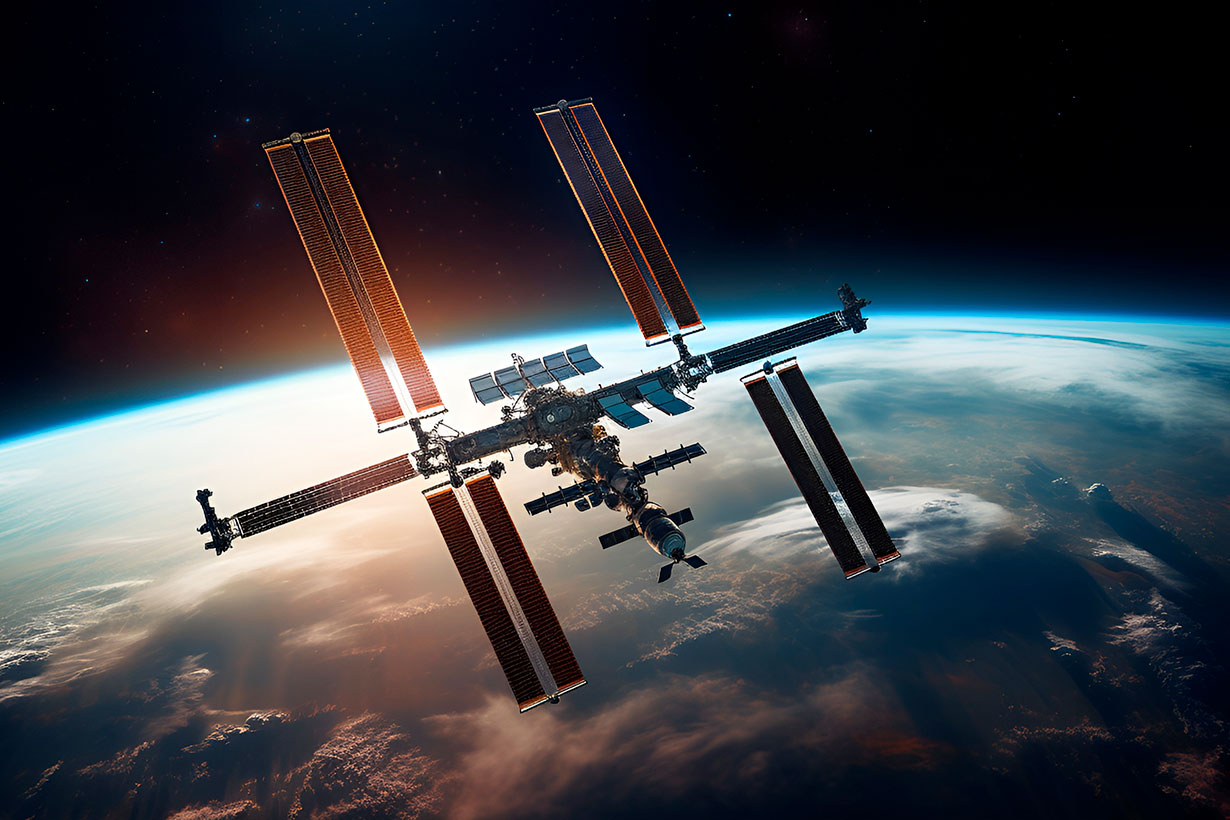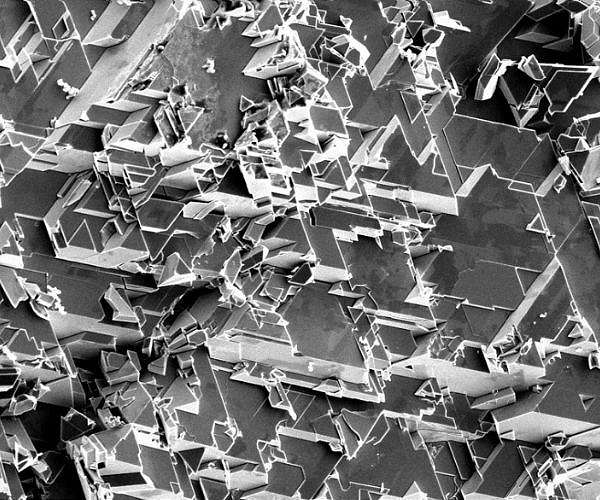CLOSE
About Elements
TANAKA is a leading company in the field of precious metals.
Advanced materials and solutions that support societal progress, the development stories behind them, the voices of engineers, and our management philosophy and vision—
Elements is an online media platform that shares insights that lead to a better society and a more prosperous future for the planet under the slogan “Mastering Precious Metals.”

Stanford University sends semiconductor investigation to ISS

In recent years, the world has focused on shifting away from fossil fuels, with the goal of using renewable energy sources as the future means of powering the globe. Currently, 22% of global energy production comes from various renewable energy sources, like photovoltaic devices, which are a fast-growing contributor to solar energy solutions.
To create more energy-efficient photovoltaic devices, researchers are turning to the International Space Station (ISS) National Laboratory, and the results could improve how we power the globe.
Researchers from Stanford University sent an investigation to the space station on SpaceX’s 28th Commercial Resupply Services (CRS) mission. The project aims to leverage microgravity to improve the synthesis of materials for photovoltaic devices designed to convert sunlight into electricity for solar energy applications.
The team will anneal copper indium sulfide (CuInS2) semiconductor crystals in space in an effort to reduce defects that commonly occur in crystal production on Earth. Higher-quality CuInS2 crystals would enable the development of photovoltaic devices that are more efficient.
A scanning electron microscope view of the crystallites.
“By doing the annealing process in microgravity, we hope to create more uniform crystals that have an even electrical conductivity,” said Jessica Frick, a research engineer at Stanford University.
According to Frick, this uniformity is key to making more efficient solar cell products. “If there are defects in the crystals or if there is an inhomogeneous spread of defects, it’s going to affect electron transfer, which affects how well solar energy is transferred to electrical energy.”
In solar cells, light from the sun is collected and transformed into electrical energy that can power an array of devices. For that to happen, electrons travel through a circuit with the help of semiconductors. Frick says that if there are impurities or an uneven concentration of impurities in semiconductor crystals, you can get areas of electrical resistance and areas of fast connection.
Producing semiconductor crystals in space could help solve this problem because the gravity-driven forces that contribute to crystal impurities on Earth are removed. For their investigation, Frick and her team are sending CuInS2 crystals to the space station, where they will be heated and cooled in a process called annealing.
The crystals will be heated to approximately 400 degrees Celsius and then allowed to cool down before being sent back to Earth for analysis. The team hopes the space-based conditions will enable them to produce higher-quality crystals than what can be manufactured on Earth.
This article was from SpaceDaily.com and was legally licensed through the Industry Dive Content Marketplace. Please direct all licensing questions to legal@industrydive.com.
![]()








